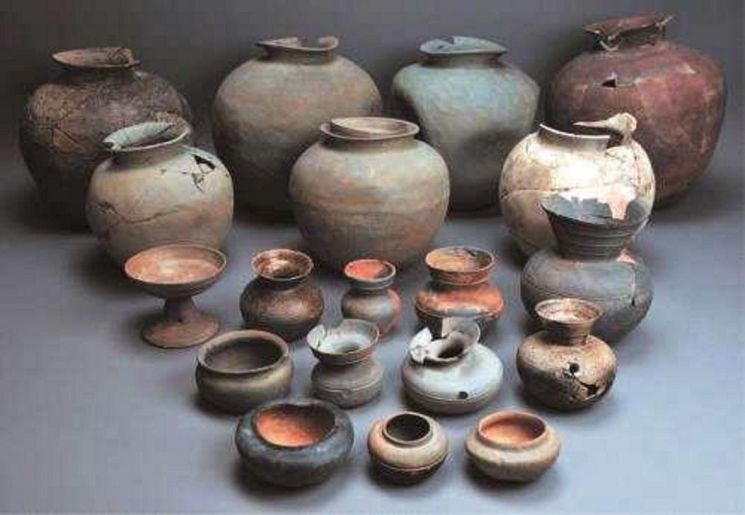Evaluation of the Academic Value of the Ancient Mahan Culture
Estimated as Tomb Clusters of the 5th-6th Century Ruling Class
Evidence of Unique Culture and Foreign Exchange

Artifacts excavated from the Yeongam Sijong tomb cluster. Provided by Jeollanam-do.
“Jeollanam-do announced on the 7th that the ‘Yeongam Sijong tomb cluster’ in Okya-ri and Naedong-ri, Sijong-myeon, Yeongam, has been designated as a National Cultural Heritage Site.”
‘The Yeongam Sijong tomb cluster was established in the late 5th century to early 6th century. It consists of the Jangdong-type large tomb in Okya-ri and the twin tombs in Naedong-ri, with a total designated area of 13,065㎡ across 8 plots.’
‘The creation and construction techniques of these tombs provide an excellent illustration of the social and cultural changes in the traditional Mahan society along the Yeongsan River, thus being highly valued for their historical and academic significance.’
‘Particularly, its strategic location along the western sea and inland pathways allowed this Mahan region’s local power to create a unique culture and maintain its autonomy amidst relations with the central Baekje power.’
‘The emergence of large tombs in the Yeongsan River area begins with the Jangdong-type large tomb in Okya-ri around the mid-5th century and extends to the twin tombs in Naedong-ri. This demonstrates a shift from the traditional Mahan jar coffin tombs to massive Jangdong-type mounded stone coffin and stone chamber tombs, indicating advancements in large mound construction techniques, planned design, and the sophistication of contemporary civil engineering.’
‘Artifacts such as the gold gilt bronze crown ornaments, pottery styles popular in the Yeongsan River area, localized foreign artifacts, cylindrical pottery decorations around mounds, and animal-shaped clay products reveal that the Mahan powers maintained independence and cultural identity during exchanges with neighboring countries.’
‘Kang Hyo-seok, head of Jeollanam-do’s Cultural Prosperity Bureau, stated, “The Yeongam Sijong tomb cluster is a unique burial culture where traditional Mahan elements merged with those of Baekje, Gaya, China, and Wa, representing an important clue in understanding the history of ancient East Asian cultural exchange.”‘

